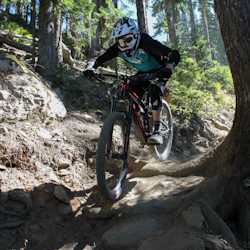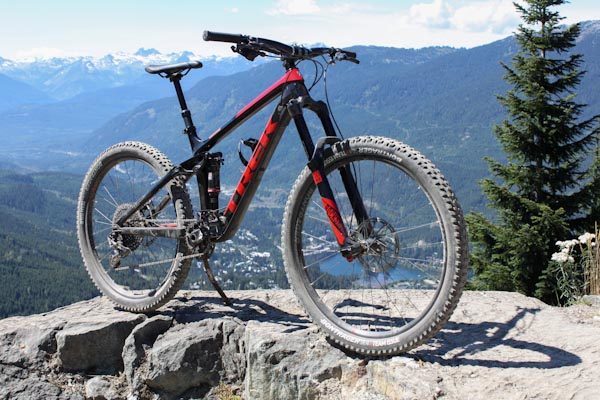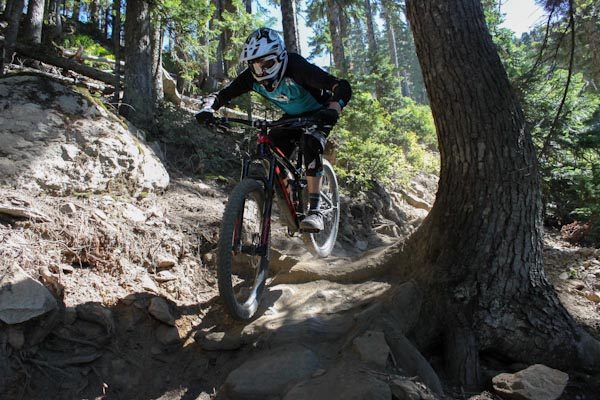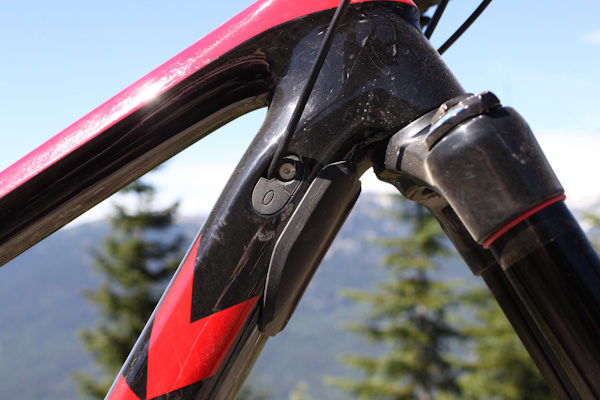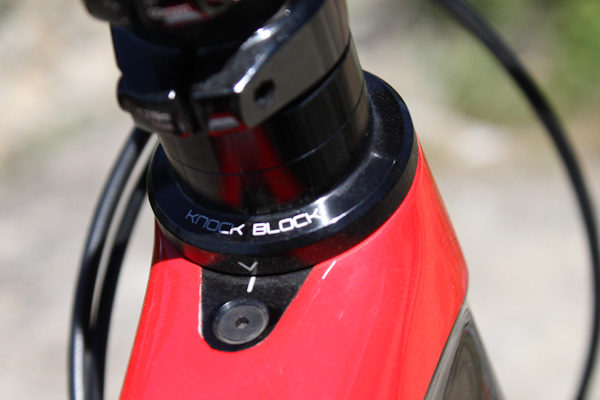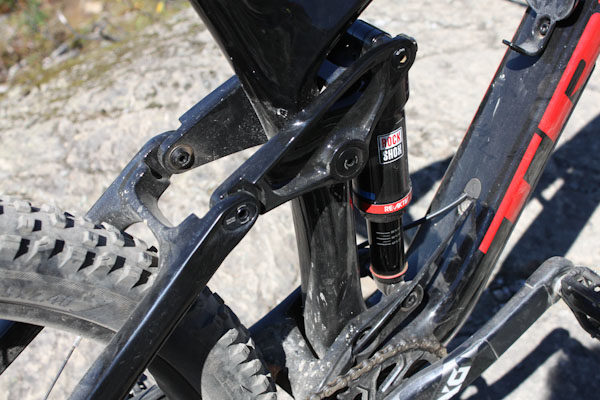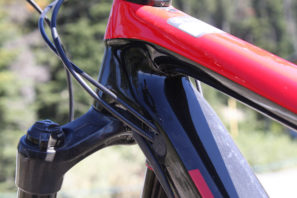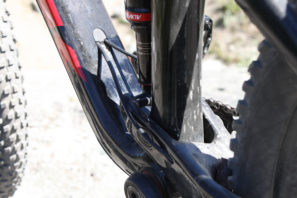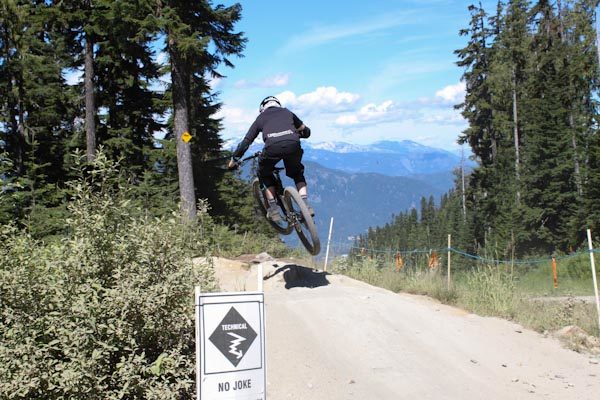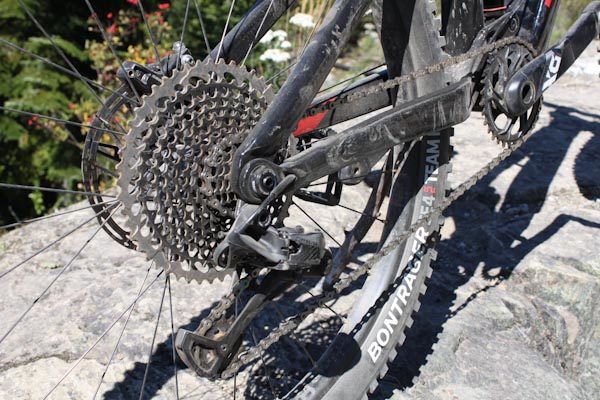I must admit I wasn’t super excited to hear there was a Trek Remedy waiting for me to test ride during Crankworx, as the plan was to spend the day in the Whistler Bike Park. If we were hitting the trails I would have been thrilled, but before I actually saw the new bike I thought ‘I’m going to have to tread lightly on the mountain.” A few years ago I was riding the park on a 160mm bike, but eventually bought a DH in the pursuit of pushing my limits further. Since then I’ve never looked back, but…
Before the ride I found out the Remedy’s travel had grown to 150mm in the rear and (on the 9.9 Race Shop Limited Model tested) 160mm up front. Knowing that I was much more optimistic about the bike, and by the end of my first run I was having fun. The frame felt stiff and strong, and I was enjoying the nimble handling in tighter corners. The lighter weight bikes also pop off jumps with ease, so I quickly put my reservations aside and went full speed ahead…
As soon as I found out the bike’s travel had grown, I asked if the frame had been beefed up accordingly. Trek said yes, it has- As the Slash has turned into an Enduro-specific bike, the Remedy is stepping up to fill the ‘do everything’ role in Trek’s lineup. With 27.5” wheels and 150mm rear and 150/160mm front travel (depending on model), it shouldn’t find its limits too easily. Since we were riding the park, I was glad the top-tier Remedy 9.9 gets a two-position 160/130mm Rockshox Lyric RCT3 up front.
One notable change Trek was happy to implement is their Straight Shot frame design. After developing the idea for a few years, it was a partnership with FSA that made the concept possible. Where the Remedy frames used to have a bend in the down tube right behind the head tube, the new version does not. A straight down tube makes for a much stiffer frame with no weight sacrifice, but the problem was that the fork’s crowns would then contact the frame.
While Trek still places protection on the down tube the problem is basically solved by Trek’s new Knock Block headset design that features built-in steering stops, keeping the crowns about 2mm away from the delicate carbon. Clever stuff!
The Remedy frame looks beefier to the eye versus previous models, and the redesigned down tube is huge. No doubt this attributed to the bike’s impressive stiffness, which gave it the ability to plow straight through rocky or rooty patches and stubbornly maintain any chosen line. The bike also features Boost 148 rear (and 110 front) spacing.
The Remedy keeps a smooth profile with internal routing for the rear brake and derailleur, plus a stealth dropper post.
I was loving the plush, sensitive feel of the Lyric fork, and found the Rockshox Deluxe RT3 Re:Aktiv shock did a great job of sucking up hits for its travel. It’s no DH bike, but only once or twice did I feel the need to choose mellower options than my usual lines. I also noticed despite the great bump absorption, the Remedy rocketed forward when pumped through undulating trails (and that’s with the rear shock wide open).
The 1x specific Remedy 9.9 is also set up with Sram’s Eagle 12-speed drivetrain. This was my first taste of the new Eagle components, and I was surprised to find I had dropped a chain on my first lap! After that I had no issues over several more runs, so I’m not writing off a non-DH drivetrain over a single fault, especially one with such crisp shifting and massive range.
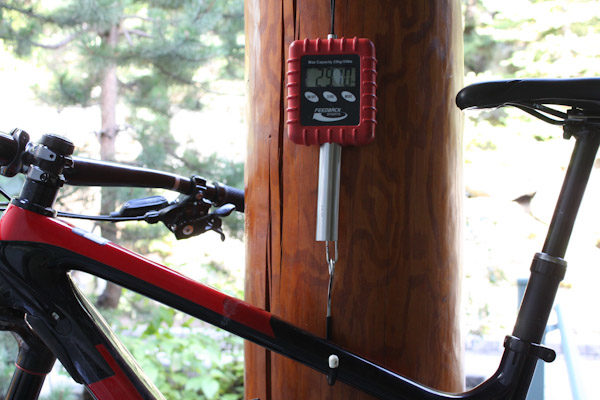
Throughout the day the Remedy 9.9 held up with no mechanical issues, and reminded me that riding all-mountain bikes in the bike park could be fun once in a while. I was pushing the bike’s boundaries, but came away impressed with how stiff the frame felt and how well the rear suspension balanced it’s duties of absorbing bumps but maintaining forward momentum. I didn’t really get a chance to climb on it, but the Remedy handled the jumps and rough stuff like a champ- and what we all want to do is just point it and go, right?
